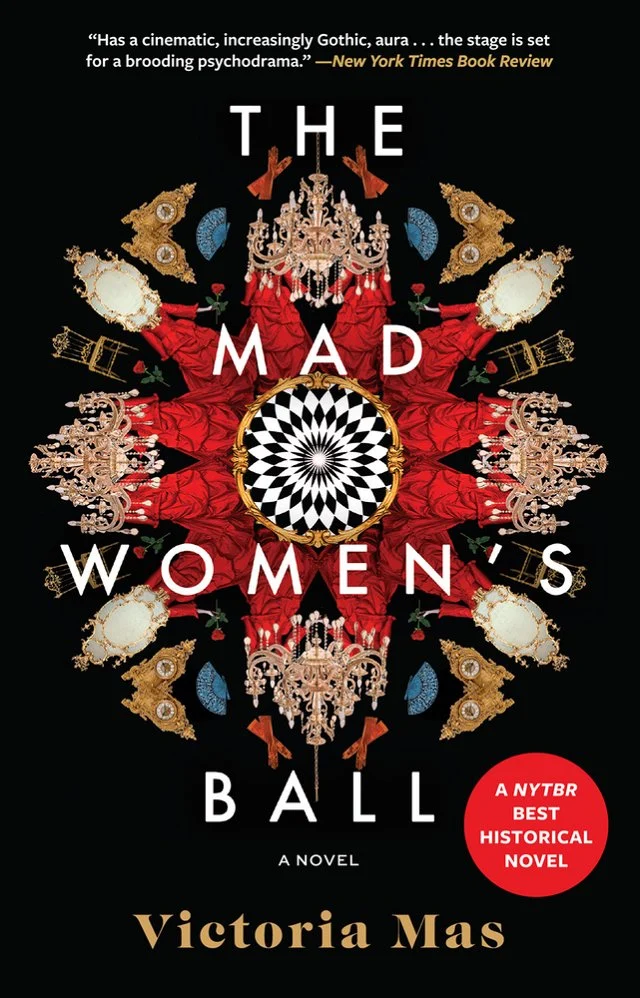One of the things I’m trying to do in 2025 is read more works in translation. While working on my post about reading being political, I learned how few works in translation are published in my home country – the United States – each year. I assume one of the reasons we don’t get a lot of translated works is that publishers don’t think there’s a demand for them. And I realized that I haven’t historically read many translated works, so I’m wondering if I’m part of the problem. Enter The Mad Women’s Ball, written in French by Victoria Mas and translated by Frank Wynne.
This post may contain affiliate links, which means I’ll receive a commission if you purchase through my links, at no extra cost to you. Please read full disclosure for more information.
Summary
The year is 1885. The place is the Salpêtrière asylum in Paris. The Salpêtrière houses women under the guise of being “mad.” The truth is that the inmates are often women who were cast off by their families for being inconvenient – mostly by their husbands, fathers, brothers, or other men in their lives.
But no matter – Paris loves the displays of hypnotism performed on the women by Dr. Charcot. And let’s not forget the yearly Mad Women’s Ball, an opportunity for the bourgeois to mingle with the inmates.
Now that we’ve set the scene, let’s talk about our two primary characters.
Geneviève is a nurse at the Salpêtrière who has dedicated her life to her career. She is a staunch believer in science and what Dr. Charcot is doing.
That is, until Eugénie, the daughter of a well to do family, arrives. Eugénie’s presence turns everything Genviève understands about her life and her work on its head.
Thoughts
So here’s the thing: I felt like the plot of The Mad Women’s Ball was pretty predictable. I could tell who was going to betray whom and what was going to happen next from a mile away.
That said, I really did like how The Mad Women’s Ball was written. I suppose this can be credited both to Mas’ original French as well as Wynne’s translation.
In Mas’ novel, we meet characters who desperately want to leave the Salpêtrière, as well as characters who want to stay. At first glance, it may seem surprising that anyone would want to remain an inmate at the Salpêtrière. But once you understand why they want to stay, it starts to make sense.
The women of the Salpêtrière have been cast off by their families and have been labeled “mad,” a designation that has a tendency to follow people around for life – think The Scarlet Letter. If someone leaves the Salpêtrière, where are they going to go? Back to the families who put them there in the first place (and in many cases were abusing them)? What job prospects does a woman who has been labeled “mad” in 1880s Paris realistically have?
The Mad Women’s Ball also had me thinking about how we decide to tell our truths to. Who do we let see our authentic selves? What are the consequences for trusting the wrong person?
Trigger warnings
Unsurprisingly, there are depictions of what I would describe as medical abuse, sexism, and classism.
Additionally, there are depictions of sexual assault.
You might like The Mad Women’s Ball if…
You enjoy historical fiction that deals with inconvenient women.
This post may contain affiliate links, which means I’ll receive a commission if you purchase through my links, at no extra cost to you. Please read full disclosure for more information.
Updated:

